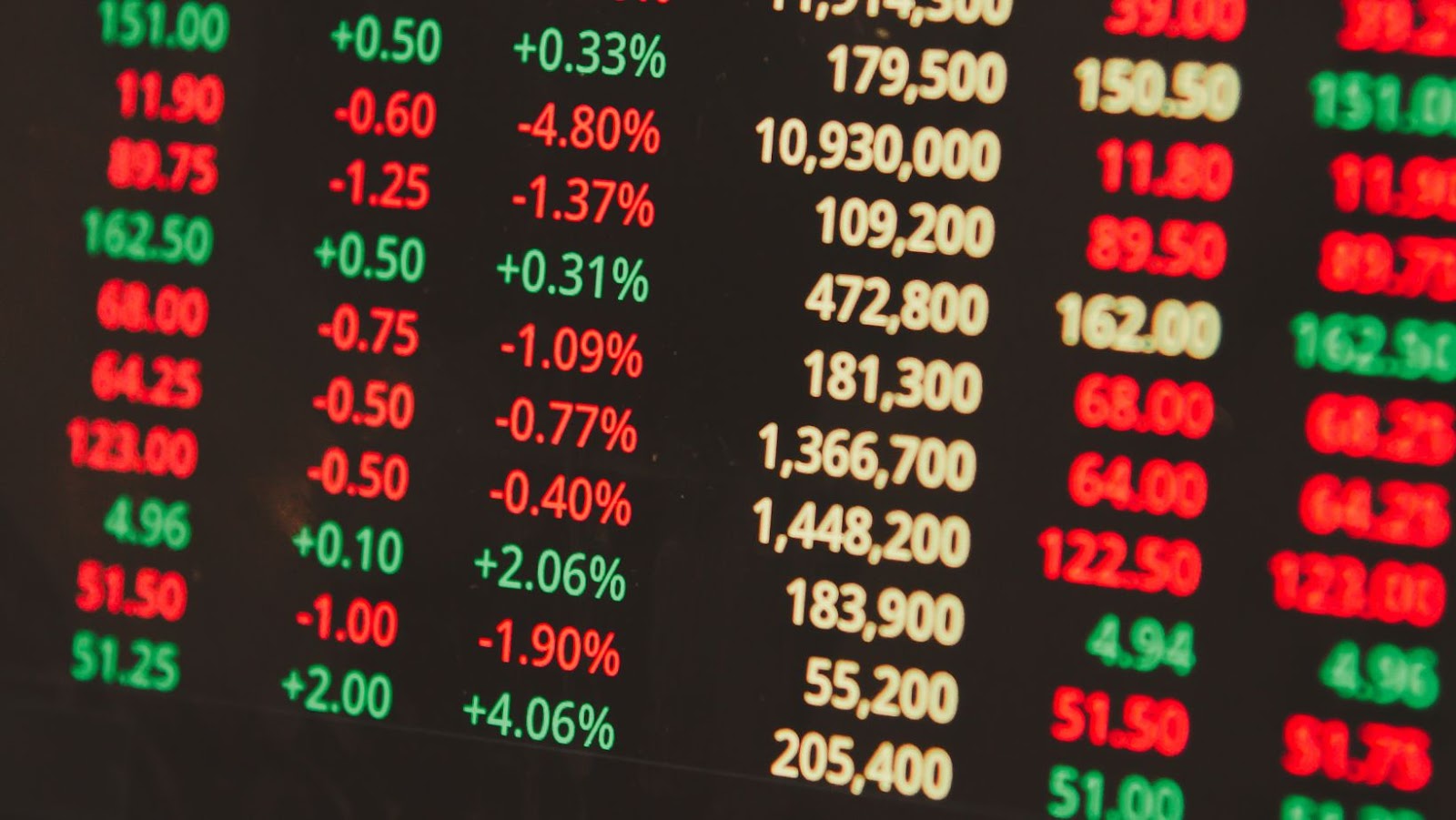

Leverage is a term that investors in the stock market frequently use, referring to the utilisation of borrowed money to finance the purchase of stocks. It is popular among investors because it can result in large profit gains. But it also comes with significant risks, and investors need to be aware of these before exploring it further.
In simple terms, leverage in stocks allows traders to increase their position’s value while using less capital. Investors typically borrow funds from a broker and utilise these borrowed funds as additional capital, magnifying their purchasing power. By using leverage, investors can acquire more shares of a particular stock than they would have without it. As a result, it can optimise profit potential, but it can also increase loss potential due to the magnification of returns.
It’s important to note that leverage in stocks is a double-edged sword. When the market goes in the investor’s favour, the investor can make more money. However, when the market goes against the investor, losses can be greater than they would have been without leverage. Therefore, it is essential to understand and properly manage the risks associated with the use of leverage before starting trades that involve it.

What is Leverage in Stocks
Leverage is a powerful yet often misunderstood tool in the world of stock trading. Essentially, it allows traders to invest a smaller amount of capital in order to make larger trades and potentially earn bigger profits. However, it comes with certain risks that traders need to be aware of.
To put it simply, leverage in stock trading means borrowing money from a broker to make trades. The amount of leverage used depends on the trader’s account balance and the broker’s margin requirements. For example, if a trader has an account balance of $10,000 and the broker allows a leverage ratio of 10:1, then the trader can make trades with a value of up to $100,000.
While this may sound like a great way to boost returns, there are risks involved. If the trader makes a bad trade, they could end up losing more money than they actually have in their account. This is known as a margin call, where the broker demands that the trader deposit more funds to cover the losses.
On the other hand, if the trader makes a successful trade, the potential profits can be significantly larger than if they had used their own funds. However, it’s important to note that leverage amplifies both gains and losses, so it’s not a one-size-fits-all solution.
Traders need to have a solid understanding of the risks and benefits of leverage before using it in their trading strategy. It’s crucial to have a risk management plan in place, which may involve setting stop-loss orders and monitoring positions closely.
In conclusion, leverage is a tool that can greatly enhance a trader’s potential profits, but it should be used with caution. It’s important to understand the risks, have a solid risk management plan in place, and only use leverage as part of a larger trading strategy.

Types of Leverage in the Stock Market
Leverage is the practice of using borrowed money to invest in the stock market, with the hope of earning a larger profit than what could be made with only the investor’s own funds. However, leverage can also increase losses if the investment performs poorly. There are different types of leverage that investors can use in the stock market, including:
1. Margin Trading
Margin trading is the most common type of leverage used in the stock market. It involves borrowing money from a broker to purchase stocks. The investor is required to put up a certain percentage of the total cost of the investment, known as the margin, while the broker provides the remaining amount. The investor pays interest to the broker on the borrowed funds.
2. Options Trading
Options trading is another popular type of leverage used in the stock market. An option is a contract that gives the investor the right, but not the obligation, to buy or sell a stock at a set price on or before a certain date. Options can be purchased with a small amount of money, allowing investors to control a larger number of stocks than they could afford to buy outright. However, options can be risky and complex, and investors need to have a good understanding of how they work before using them as leverage.
3. Futures Trading
Futures trading is similar to options trading in that it requires a small amount of money upfront to control a larger investment. Futures contracts are agreements to buy or sell an asset, such as a stock, at a set price on a specific date in the future. Futures can provide leverage because the investor only needs to put up a fraction of the total value of the asset. However, futures are also risky and may not be suitable for all investors.
In summary, leverage can help investors earn larger profits in the stock market, but it also comes with increased risk. Margin trading, options trading, and futures trading are all forms of leverage that investors can use to increase their exposure to the stock market. However, it’s important for investors to understand the risks associated with each type of leverage before using them in their investment strategies.

Advantages and Disadvantages of Using Leverage in Stocks
When it comes to trading stocks, leveraging can be a double-edged sword – it can amplify gains, but it can also amplify losses. In this section, we will explore the advantages and disadvantages of using leverage in stocks.
Advantages
1. Increased Profit Potential: Leverage offers the potential for traders to make bigger profits with smaller amounts of capital. By borrowing money from a broker, traders can increase their buying power and potentially see greater returns.
2. Diversification: Leverage enables traders to diversify their portfolio by spreading their capital across different stocks.
3. Hedging: Leverage can be used as a hedging tool to help offset potential losses in a portfolio. For example, if an investor holds a stock that is declining in value, they could use leverage to invest in a stock that is rising in value to offset their losses.
Disadvantages
1. High Risk: Perhaps the most obvious disadvantage of using leverage in stocks is the potential for increased risk. When using leverage, even a small market movement can lead to significant losses, which can wipe out a trader’s entire capital.
2. Margin Calls: When trading with leverage, investors are subject to margin calls – requirements to deposit additional funds in their account if the value of their positions declines. If the trader is unable to meet the margin call, their positions may be liquidated, resulting in even greater losses.
3. Psychological Impact: Finally, using leverage in stocks can also have a psychological impact on traders. High levels of debt can cause stress and anxiety, which can lead to poor decision-making and further losses.
In conclusion, leveraging can be a powerful tool for traders when used correctly. It enables individuals to potentially increase their profits and diversify their portfolios. However, it is critical to understand the risks involved and to use leverage judiciously to avoid significant losses. As an expert, my recommendation is to only use leverage after gaining sufficient knowledge and experience in the stock market.
